Home>Gardening & Outdoor>Landscaping Ideas>What Does Snow Mold On Grass Look Like
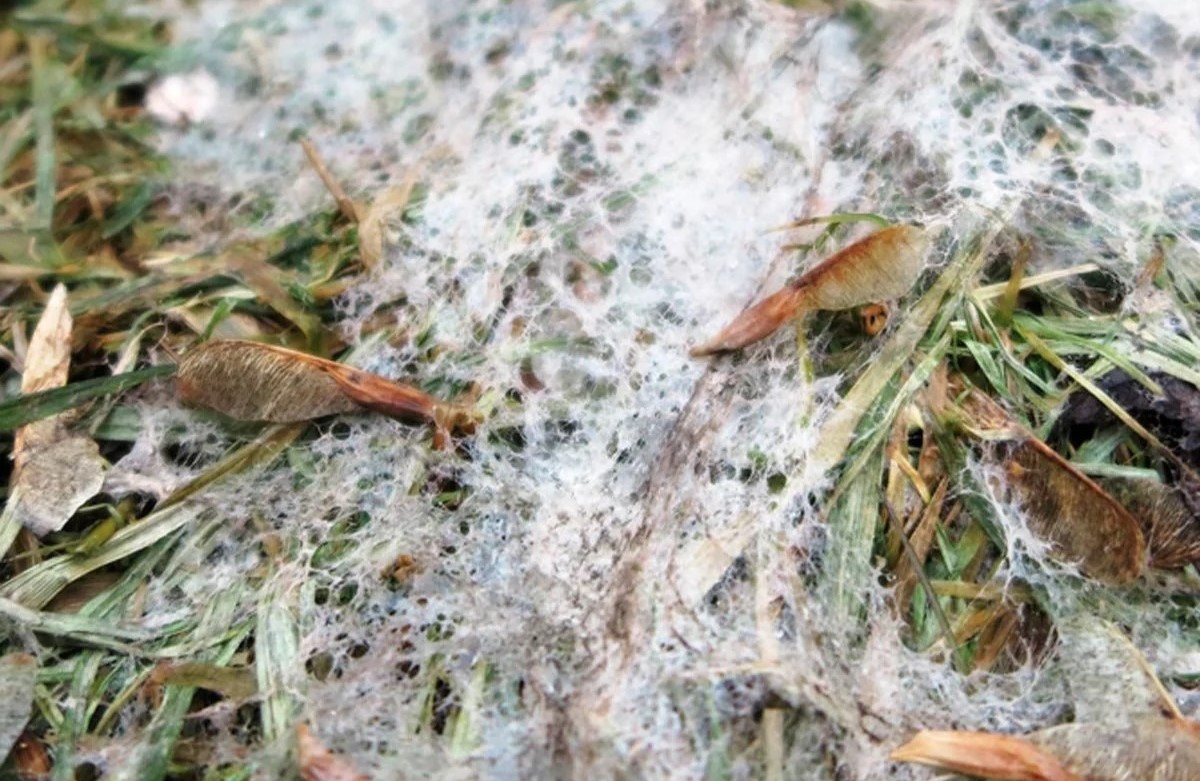

Landscaping Ideas
What Does Snow Mold On Grass Look Like
Modified: February 18, 2024
Discover what snow mold on grass looks like and how to prevent it with our expert landscaping ideas. Keep your lawn healthy and beautiful all year round.
(Many of the links in this article redirect to a specific reviewed product. Your purchase of these products through affiliate links helps to generate commission for Storables.com, at no extra cost. Learn more)
Introduction
When winter gives way to the gentle embrace of spring, the retreat of snow reveals the beauty of nature reawakening. However, as the snow melts and the landscape transforms, it may unveil an unwelcome sight on your once-lush lawn: snow mold. This fungal disease can cast a shadow on the vibrancy of your grass, leaving behind patches of unsightly damage. Understanding what snow mold is, how to identify it, and methods to prevent and treat it is essential for maintaining a healthy and vibrant lawn.
Snow mold can manifest in two forms: gray snow mold (Typhula blight) and pink snow mold (Microdochium patch). Both varieties thrive in cold, wet conditions, making them a common post-winter woe for many homeowners. The causes, signs, and treatments for snow mold are crucial knowledge for any landscaping enthusiast, as they can mean the difference between a lush, green lawn and one marred by the effects of this pesky fungus.
In this comprehensive guide, we will delve into the intricacies of snow mold on grass, exploring its causes, signs, identification methods, and effective strategies for prevention and treatment. By the end of this journey, you will be equipped with the knowledge and tools to combat snow mold, ensuring that your lawn remains a verdant oasis throughout the seasons.
Key Takeaways:
- Snow mold is a fungal disease that thrives in cold, wet conditions, causing discolored patches, matted grass, and delayed growth. Preventive measures like gradual mowing height reduction and soil aeration can help protect your lawn.
- Identifying snow mold involves recognizing circular patches with distinct colors and textures. Treatment includes gentle raking, mowing, and potential fungicide application to rejuvenate the affected areas and promote recovery.
Read more: What Is Snow Mold In Grass
What is Snow Mold?
Snow mold is a fungal disease that affects grass in cold, wet conditions, particularly during the winter and early spring. It thrives beneath the snow, where moisture and lack of airflow create the ideal environment for its development. This fungal menace can strike both residential lawns and larger grassy areas, such as golf courses and parks, causing varying degrees of damage.
There are two primary types of snow mold: gray snow mold (Typhula blight) and pink snow mold (Microdochium patch). Gray snow mold typically appears as circular patches ranging from a few inches to a few feet in diameter. These patches may have a grayish-white appearance and can merge to form larger areas of damage. Pink snow mold, on the other hand, presents as pinkish or reddish patches on the grass, often with a slimy texture when wet.
Both varieties of snow mold are most active when temperatures are between 32°F and 45°F (0°C to 7°C) and the ground is covered by snow or experiencing prolonged periods of cold, wet weather. As the snow melts, the damage becomes visible, and the grass may appear matted down and discolored. While the presence of snow mold is unsightly, it is rarely fatal to the grass and typically only affects the leaf tissue near the soil surface.
Understanding the characteristics and behavior of snow mold is crucial for effective prevention and treatment. By recognizing the signs of snow mold and implementing appropriate measures, you can safeguard your lawn from the detrimental effects of this fungal intruder.
Causes of Snow Mold
The development of snow mold is influenced by a combination of environmental factors and grass care practices. Understanding these causes is instrumental in preventing and managing this fungal disease.
Cold, Wet Conditions: Snow mold thrives in environments characterized by prolonged snow cover or persistent cold, wet weather. Under these conditions, the grass remains damp, creating an ideal breeding ground for the fungus. The lack of airflow and sunlight beneath the snow further exacerbates the problem, allowing the mold to flourish.
Excessive Thatch: A thick layer of thatch, the accumulation of dead organic matter between the soil and the green vegetation, can contribute to the development of snow mold. Excessive thatch traps moisture, providing a conducive habitat for the fungus to proliferate. Proper dethatching practices can help mitigate this risk.
Late-season Fertilization: Applying high-nitrogen fertilizers late in the growing season can stimulate lush, succulent growth, leaving the grass more susceptible to snow mold. The excess nitrogen can also delay the hardening off of the grass, making it less resilient to the harsh winter conditions that promote snow mold development.
Improper Mowing Practices: Scalping the grass too short before winter sets in can weaken the turf and make it more susceptible to snow mold. Additionally, leaving grass clippings on the lawn can contribute to thatch buildup, exacerbating the conditions favorable to snow mold growth.
Compacted Soil: Soil compaction impedes proper drainage and airflow, creating an environment conducive to snow mold development. Compacted soil also hinders the grass roots’ ability to access essential nutrients and moisture, weakening the overall health of the turf.
By addressing these underlying causes and implementing proactive lawn care practices, you can reduce the risk of snow mold and fortify your grass against its damaging effects. In the following sections, we will explore the signs of snow mold, methods for identifying it, and effective strategies for prevention and treatment.
Signs of Snow Mold on Grass
Recognizing the signs of snow mold on your lawn is crucial for taking timely action to prevent further damage and facilitate effective treatment. As the snow retreats and the grass emerges from its wintry slumber, keep a keen eye out for the following indicators of snow mold:
- Patchy Discoloration: One of the most noticeable signs of snow mold is the appearance of discolored patches on the grass. These patches may range in size from a few inches to several feet in diameter and can present in varying hues, including white, gray, or pink, depending on the type of snow mold present.
- Matted Grass: Affected areas may exhibit a matted or flattened appearance, with the grass blades clumped together. This can give the lawn a visually unkempt and disheveled look, detracting from its overall aesthetic appeal.
- Fuzzy or Slimy Texture: Upon closer inspection, the affected grass may display a fuzzy or slimy texture, particularly in the case of pink snow mold. This can give the patches a wet, mushy appearance, indicating the presence of the fungal disease.
- Distinct Circular Patterns: Snow mold often forms circular or irregularly shaped patterns on the grass, with well-defined borders. These patterns may merge to create larger areas of damage, impacting the uniformity and health of the lawn.
- Delayed Growth: In areas where snow mold has taken hold, the grass may exhibit delayed growth compared to unaffected areas. This stunted growth is a result of the fungus’s impact on the grass’s ability to thrive and recover.
It is important to note that the signs of snow mold become apparent as the snow recedes and the grass begins to revive. Early detection and intervention are key to minimizing the extent of the damage and promoting the recovery of the affected areas.
As we delve further into this guide, we will explore methods for identifying snow mold and delve into comprehensive strategies for both preventing and treating this fungal affliction, ensuring that your lawn remains a vibrant and resilient expanse of greenery throughout the seasons.
Snow mold on grass appears as circular patches of matted, straw-colored grass with a pink or grayish web-like fungus. To prevent snow mold, avoid excessive nitrogen fertilization in the fall and improve air circulation by raking leaves and debris.
Identifying Snow Mold
Identifying snow mold involves a close examination of the affected areas and an understanding of the distinct characteristics of this fungal disease. As the snow retreats and the signs of snow mold become apparent, it is essential to differentiate it from other potential lawn issues. Here are some key factors to consider when identifying snow mold:
- Timing: Snow mold typically becomes visible as the snow melts and the grass begins to reemerge. Keep an eye out for signs of the disease during this transitional period, as it is when the damage caused by the fungus becomes evident.
- Distinct Patches: Snow mold often presents as circular or irregularly shaped patches on the grass, with well-defined borders. These patches may vary in size and can merge to form larger areas of damage. The presence of such distinct patterns is a hallmark of snow mold infestation.
- Color and Texture: Depending on the type of snow mold present, the affected areas may exhibit different colors and textures. Gray snow mold typically appears as white or gray patches with a cottony texture, while pink snow mold presents as pinkish or reddish patches with a slimy or fuzzy texture, especially when wet.
- Grass Recovery: In areas affected by snow mold, the grass may exhibit delayed or stunted growth compared to unaffected areas. This delayed recovery is a result of the fungus’s impact on the grass’s health and vigor.
- Presence of Fungal Mycelium: Upon close inspection, you may observe the presence of fungal mycelium, which appears as a white or pink web-like growth on the surface of the affected grass. This is a definitive indication of snow mold infestation.
It is important to note that snow mold can sometimes be mistaken for other lawn issues, such as animal urine spots or damage caused by improper mowing practices. However, the distinct characteristics of snow mold, coupled with the timing of its appearance and the presence of fungal mycelium, can aid in its accurate identification.
By honing your ability to identify snow mold and distinguish it from other lawn concerns, you can take proactive measures to address the issue and prevent its recurrence. In the following sections, we will delve into effective strategies for preventing and treating snow mold, empowering you to safeguard the health and beauty of your lawn.
Read more: What Does Mold On Insulation Look Like
Preventing Snow Mold
Preventing snow mold involves a combination of proactive lawn care practices and strategic measures to mitigate the environmental conditions that foster its development. By implementing these preventive strategies, you can fortify your lawn against the encroachment of this fungal disease, ensuring its resilience and vibrancy.
- Gradual Reduction of Mowing Height: In the lead-up to winter, gradually reduce the mowing height of the grass to an optimal level, typically around 2 to 2.5 inches. This helps prevent the grass from being excessively long when snow arrives, reducing the risk of matting and snow mold development.
- Address Thatch Buildup: Regular dethatching can help mitigate the risk of snow mold by reducing excessive thatch accumulation. This promotes better airflow and moisture penetration, creating a less favorable environment for the fungus to thrive.
- Avoid Late-season Fertilization: Refrain from applying high-nitrogen fertilizers late in the growing season, as this can stimulate lush growth that is more susceptible to snow mold. Instead, focus on fertilizing earlier in the fall to promote root development and overall turf health.
- Improve Soil Aeration: Aerating the soil in the fall can alleviate compaction and promote better drainage, reducing the likelihood of snow mold development. Core aeration helps create channels for air, water, and nutrients to penetrate the soil, fostering a healthier root system.
- Minimize Snow Accumulation: While it may not always be feasible, minimizing the duration of snow cover on the grass can help reduce the risk of snow mold. Shoveling or blowing snow off the lawn, particularly in areas prone to prolonged snow cover, can aid in preventing the conditions conducive to snow mold growth.
- Overseeding and Reseeding: Introducing or reestablishing resilient grass varieties through overseeding and reseeding can bolster the lawn’s ability to withstand snow mold and recover from potential damage. Opt for grass species known for their cold tolerance and disease resistance.
By integrating these preventive measures into your lawn care regimen, you can create an environment that is less hospitable to snow mold, reducing the likelihood of its occurrence and preserving the health and beauty of your grass. In the subsequent section, we will explore effective strategies for treating snow mold should it manifest on your lawn, empowering you with the knowledge to address this fungal nuisance effectively.
Treating Snow Mold
When confronted with the presence of snow mold on your lawn, prompt and effective treatment is essential to mitigate its impact and facilitate the recovery of the affected areas. By employing targeted strategies for treating snow mold, you can restore the health and vibrancy of your grass, ensuring that it thrives throughout the growing season.
- Raking and Thinning: Gently rake the affected areas to lift and aerate the matted grass, allowing for improved air circulation and promoting the drying of the turf. Thinning out dense patches of snow mold can aid in the recovery of the grass and prevent further damage.
- Mowing: Once the grass has begun to actively grow, mow the affected areas at the recommended height for your grass type. This encourages new growth and helps eliminate remaining matted patches, facilitating the rejuvenation of the turf.
- Fungicide Application: In severe cases of snow mold infestation, where extensive damage is evident, the application of a fungicide may be warranted. Consult with a lawn care professional to determine the most suitable fungicide and application method for addressing the specific type of snow mold present.
- Promote Airflow: Enhance airflow across the lawn by selectively pruning back overhanging branches and shrubs that may impede air circulation. This helps expedite the drying of the grass and reduces the likelihood of recurring snow mold development.
- Adjust Watering Practices: During the recovery phase, adjust your watering practices to ensure that the affected areas receive adequate moisture without becoming excessively wet. Avoid overwatering, as this can create conditions conducive to fungal growth.
- Monitor and Reevaluate: Regularly monitor the treated areas for signs of recovery and adjust your lawn care practices as needed. Be vigilant for any indications of recurring snow mold and take proactive measures to prevent its resurgence.
By diligently implementing these treatment strategies and closely monitoring the progress of the affected areas, you can effectively combat snow mold and promote the rejuvenation of your lawn. Additionally, integrating the preventive measures outlined earlier can help fortify your grass against future occurrences of snow mold, fostering its resilience and vitality.
With a comprehensive understanding of snow mold, from its causes and signs to methods for prevention and treatment, you are equipped to navigate the seasonal challenges posed by this fungal disease, ensuring that your lawn remains a lush and inviting expanse of greenery throughout the year.
Conclusion
As the seasons transition and the allure of spring beckons, the emergence of snow mold on your lawn can present a daunting challenge. However, armed with the knowledge and strategies outlined in this guide, you are well-prepared to take on this fungal adversary and safeguard the beauty and health of your grass.
Understanding the nature of snow mold, from its distinct types to the environmental conditions that foster its development, empowers you to proactively address its underlying causes. By implementing targeted preventive measures, such as gradual mowing height reduction and soil aeration, you can create an environment less conducive to snow mold, reducing the risk of its occurrence.
Recognizing the signs of snow mold and honing your ability to identify its distinct characteristics enables you to take swift action in treating affected areas. From gentle raking and mowing to the potential application of fungicides in severe cases, you have an array of effective treatment strategies at your disposal to rejuvenate your lawn and promote its recovery.
By integrating both preventive and treatment measures into your lawn care regimen, you can fortify your grass against the encroachment of snow mold and foster its resilience throughout the seasons. Regular monitoring and reevaluation of your lawn’s health will further empower you to address potential issues and maintain its vibrant allure.
As you embark on this journey of nurturing and preserving your lawn, remember that the presence of snow mold is not a testament to defeat, but rather an opportunity to showcase your dedication to its well-being. With your newfound understanding of snow mold and its management, your lawn is poised to thrive as a verdant oasis, exuding beauty and vitality.
Armed with this comprehensive guide, you are equipped to navigate the seasonal challenges posed by snow mold, ensuring that your lawn remains a lush and inviting expanse of greenery throughout the year.
Frequently Asked Questions about What Does Snow Mold On Grass Look Like
Was this page helpful?
At Storables.com, we guarantee accurate and reliable information. Our content, validated by Expert Board Contributors, is crafted following stringent Editorial Policies. We're committed to providing you with well-researched, expert-backed insights for all your informational needs.
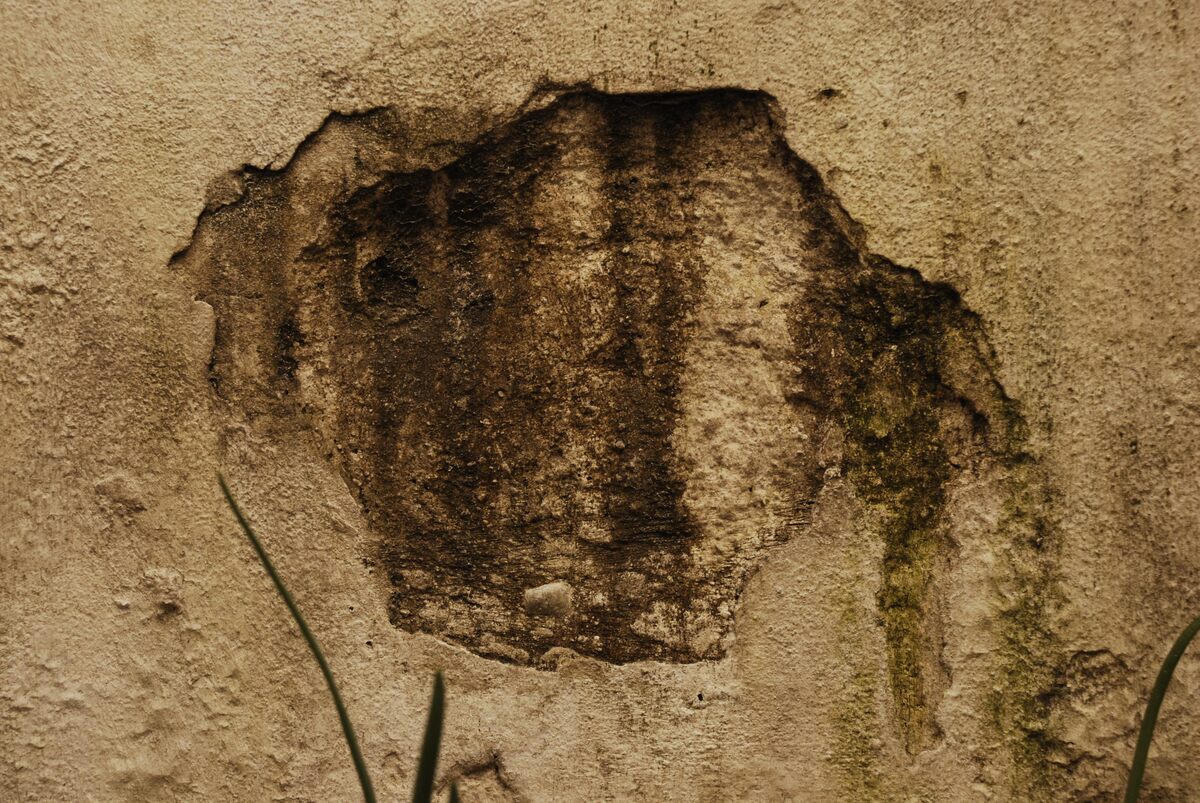
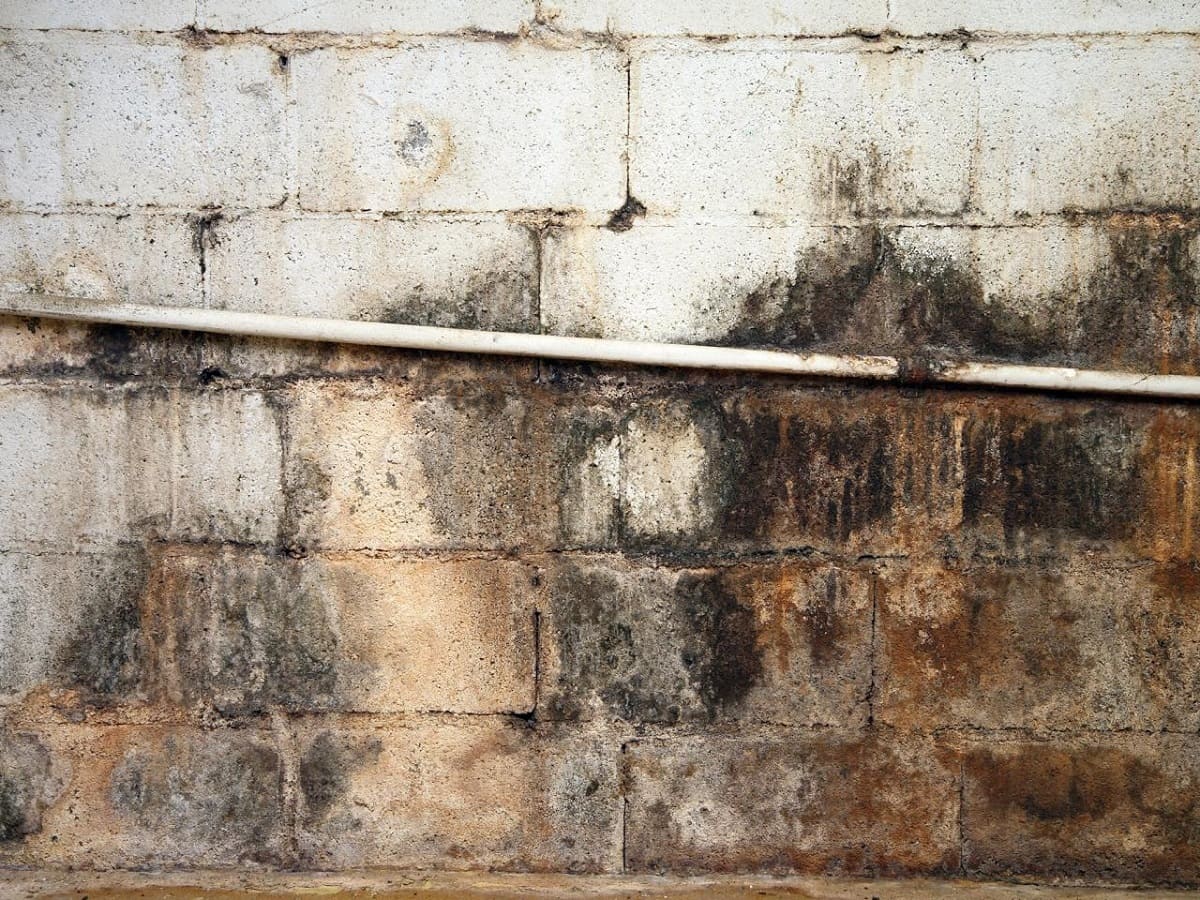
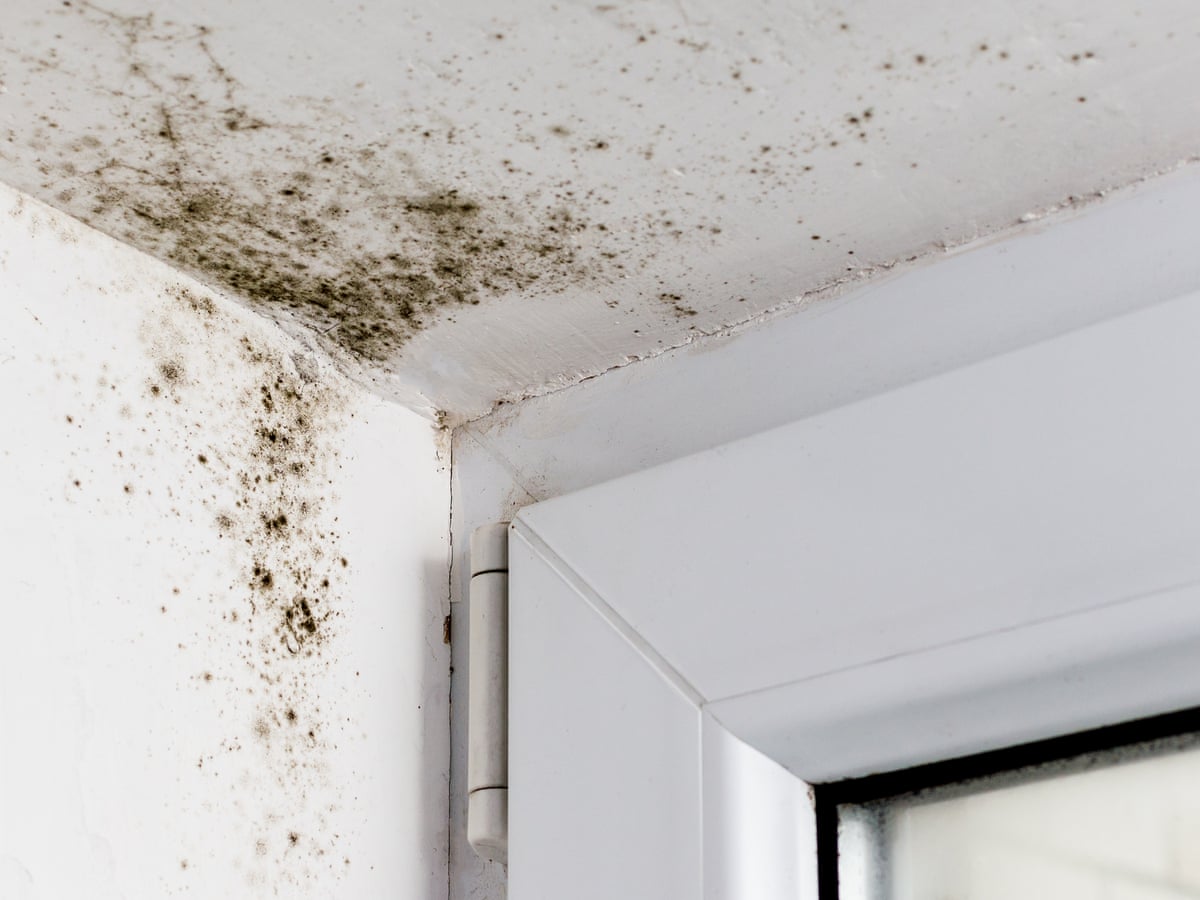
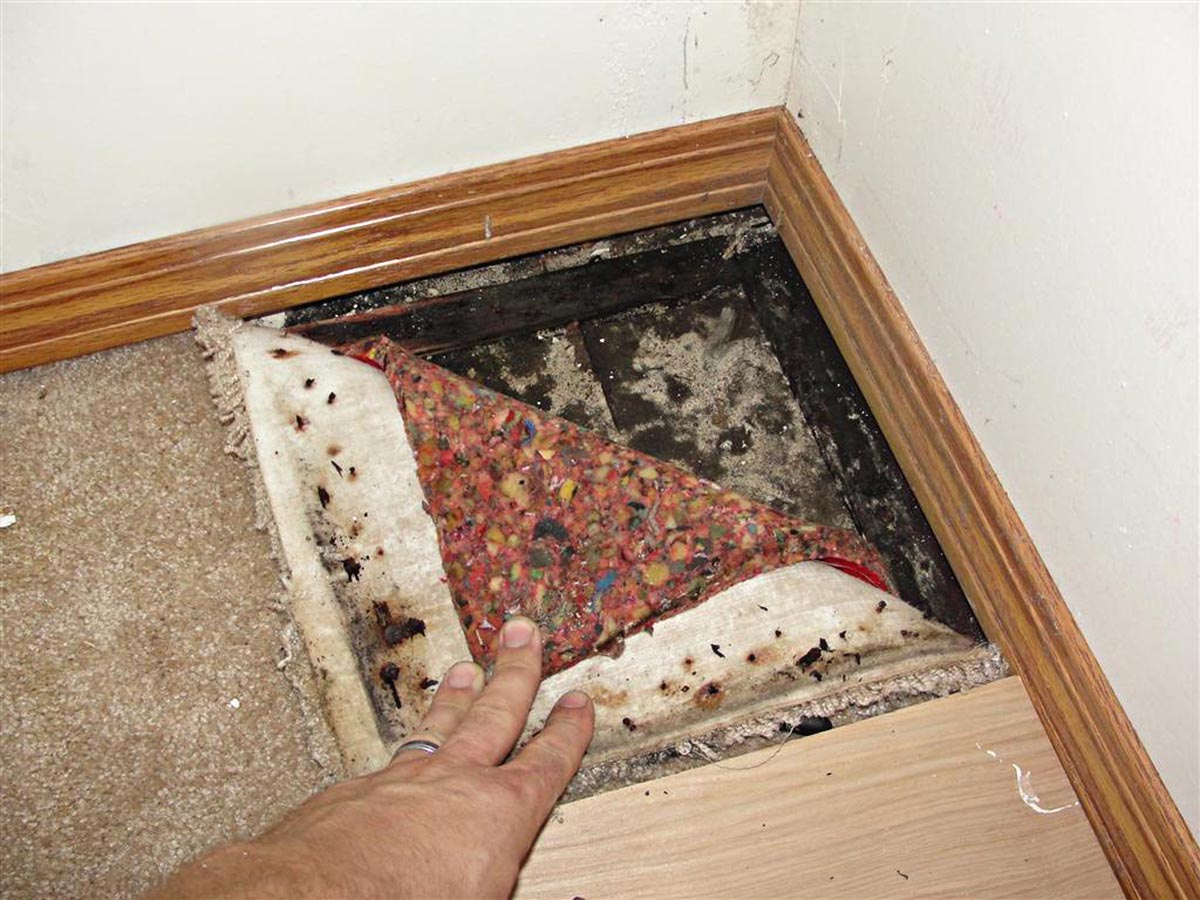

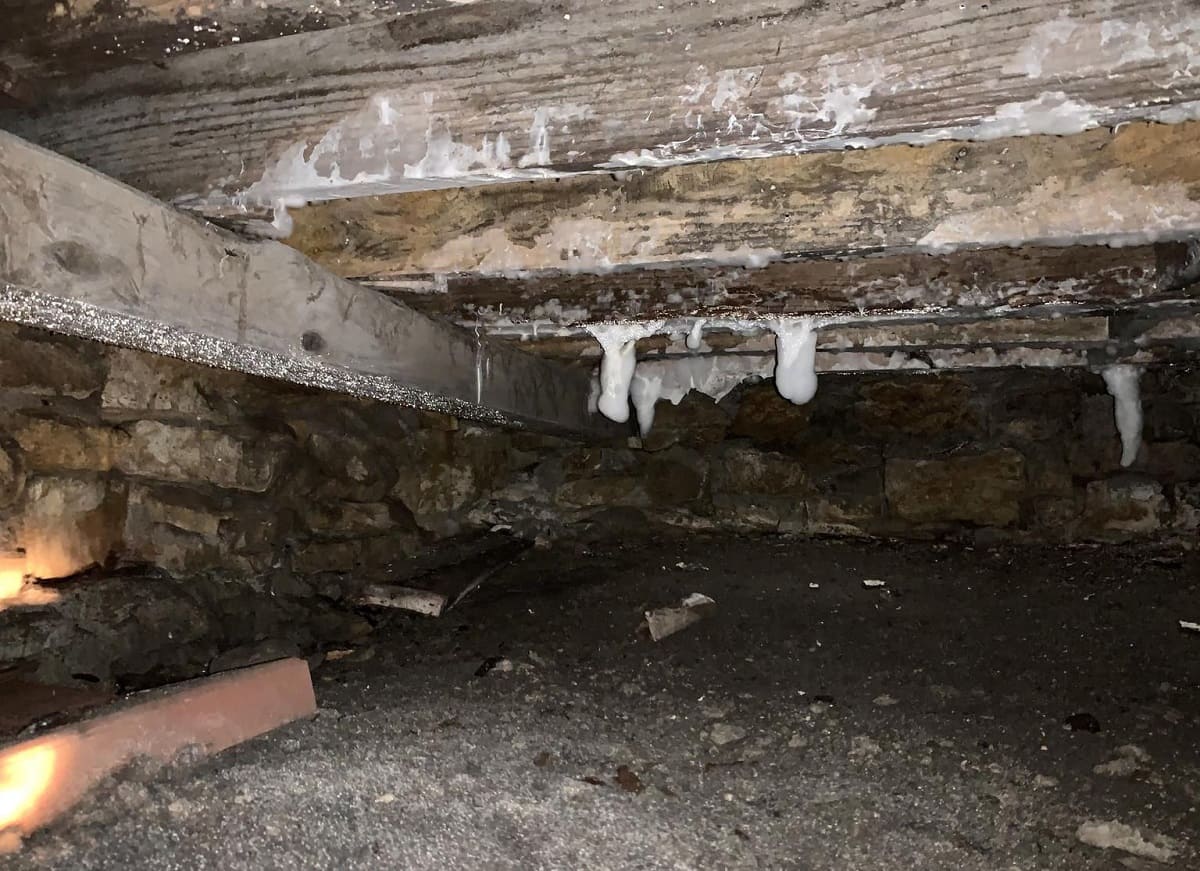

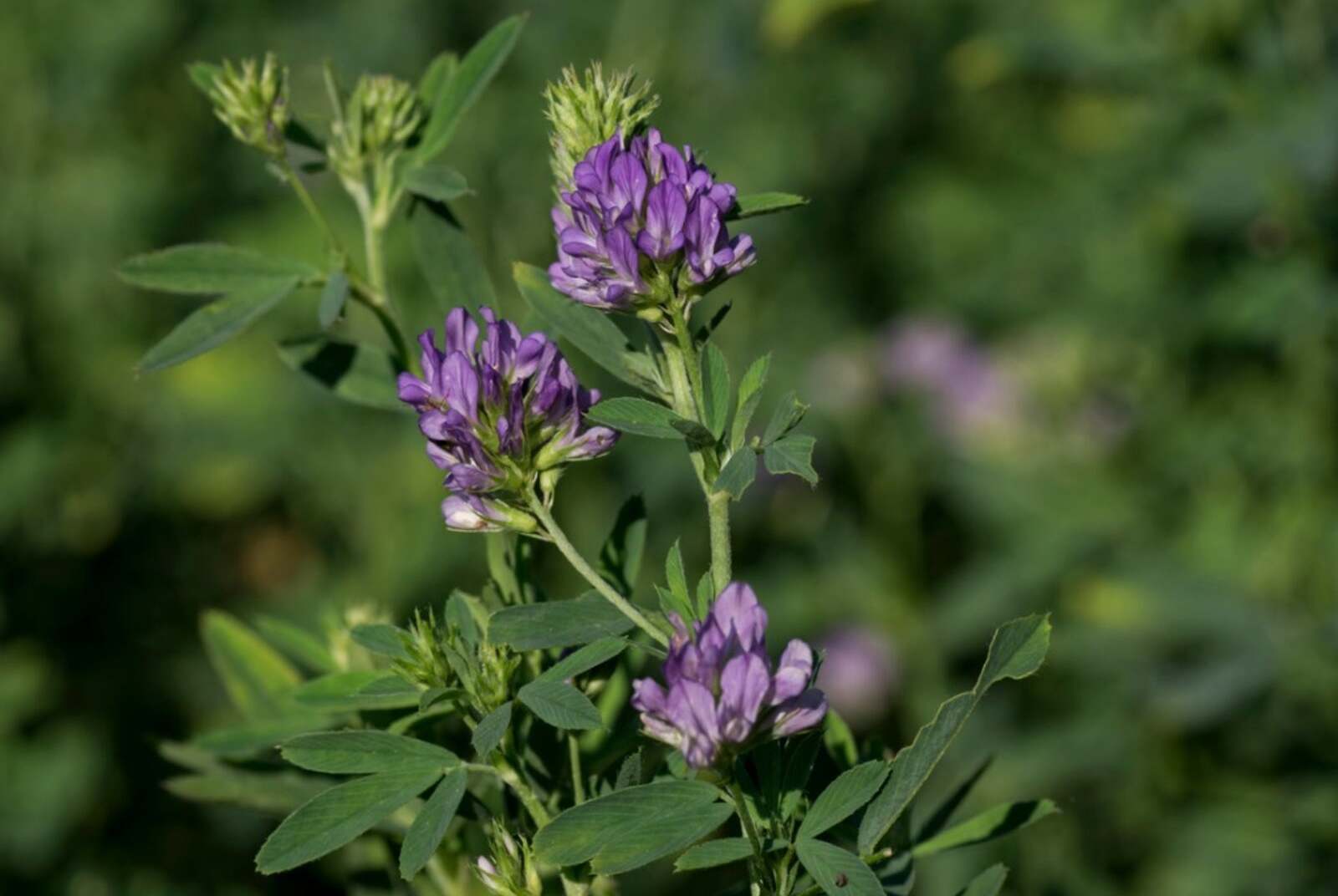
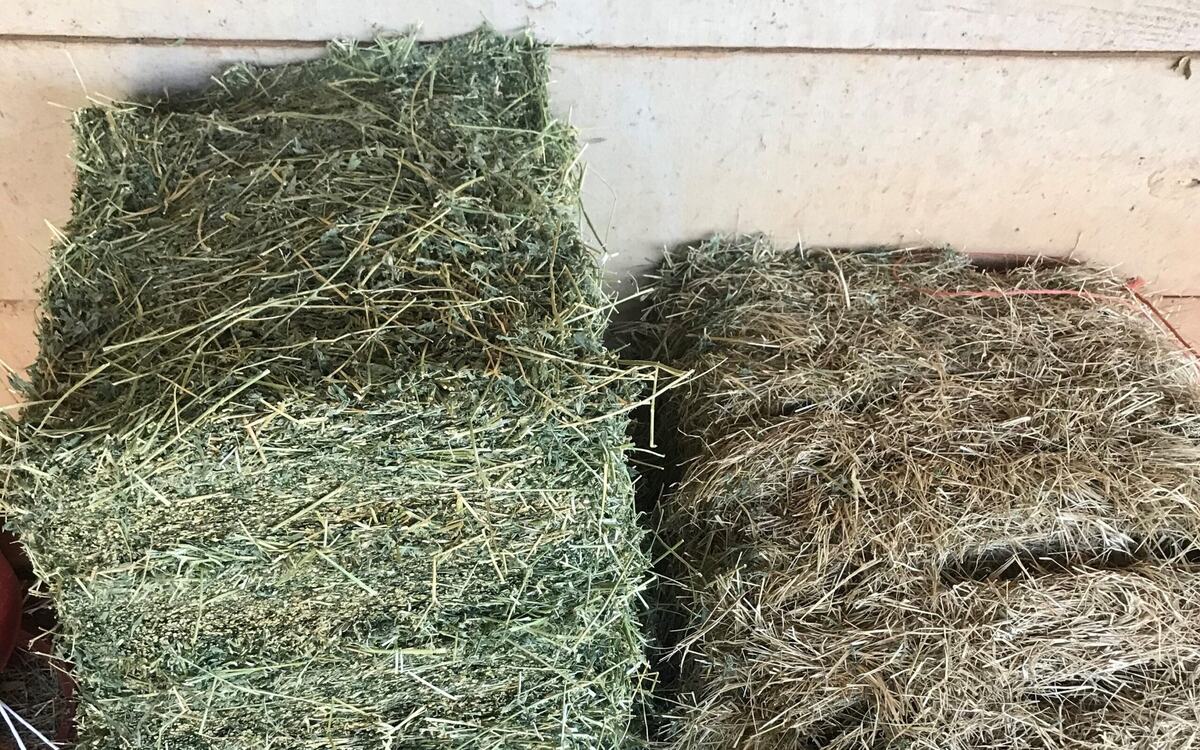
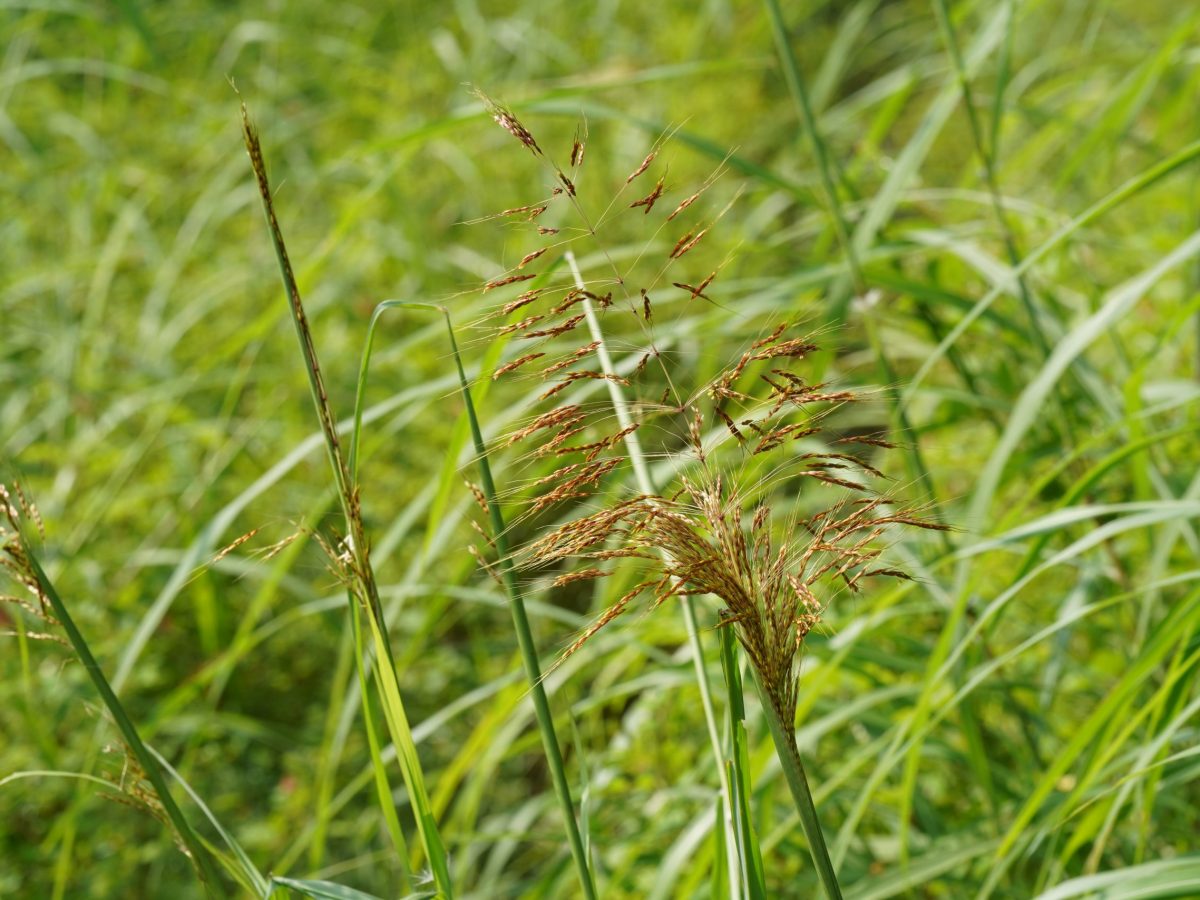
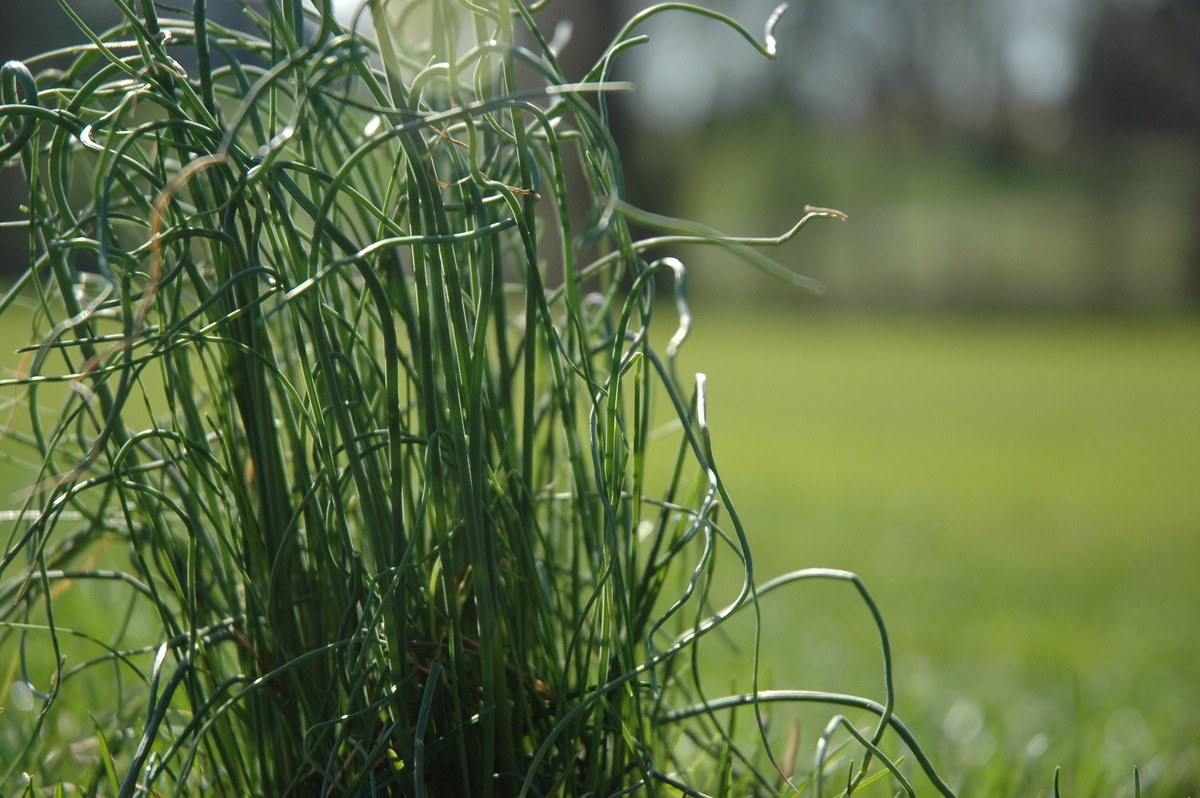
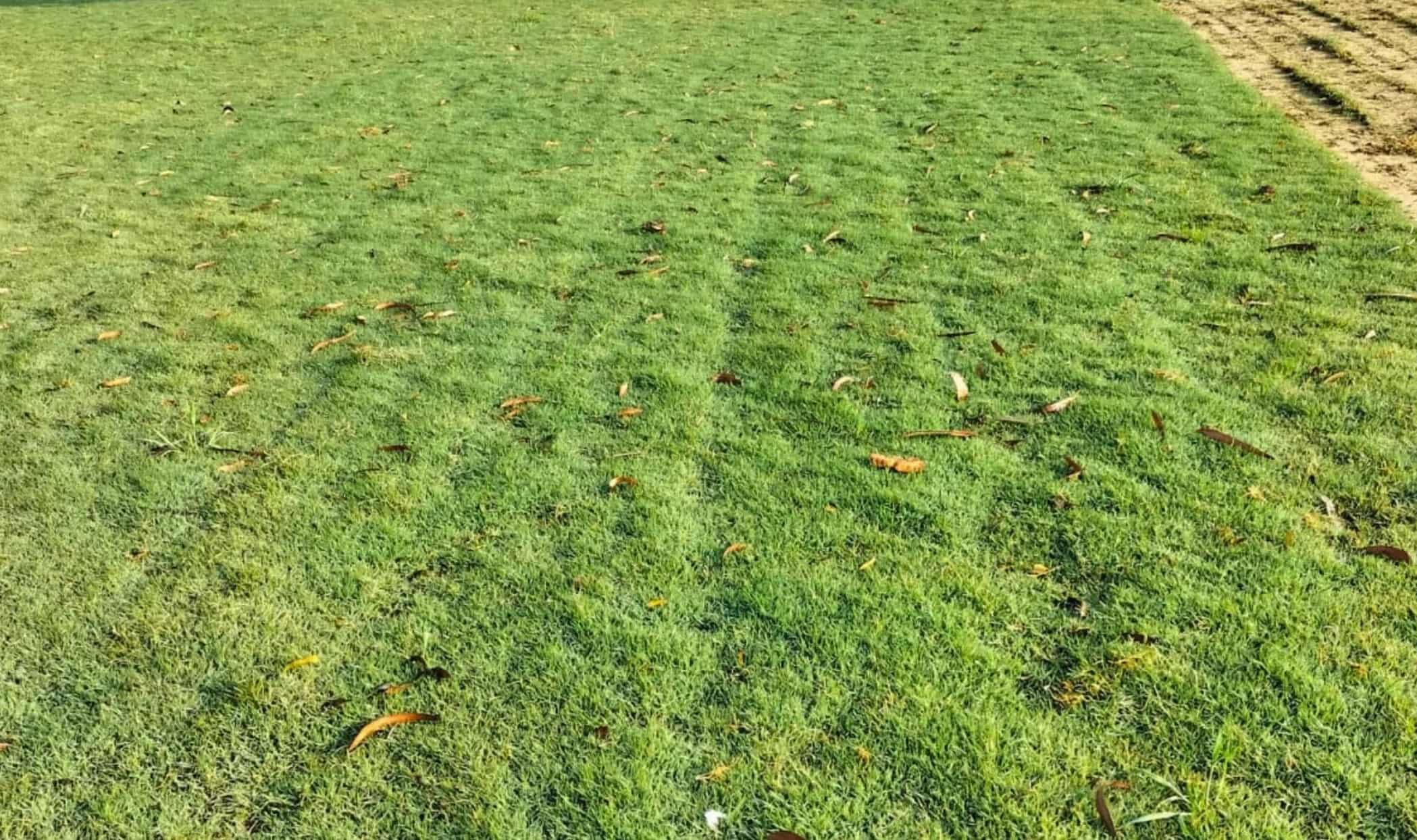
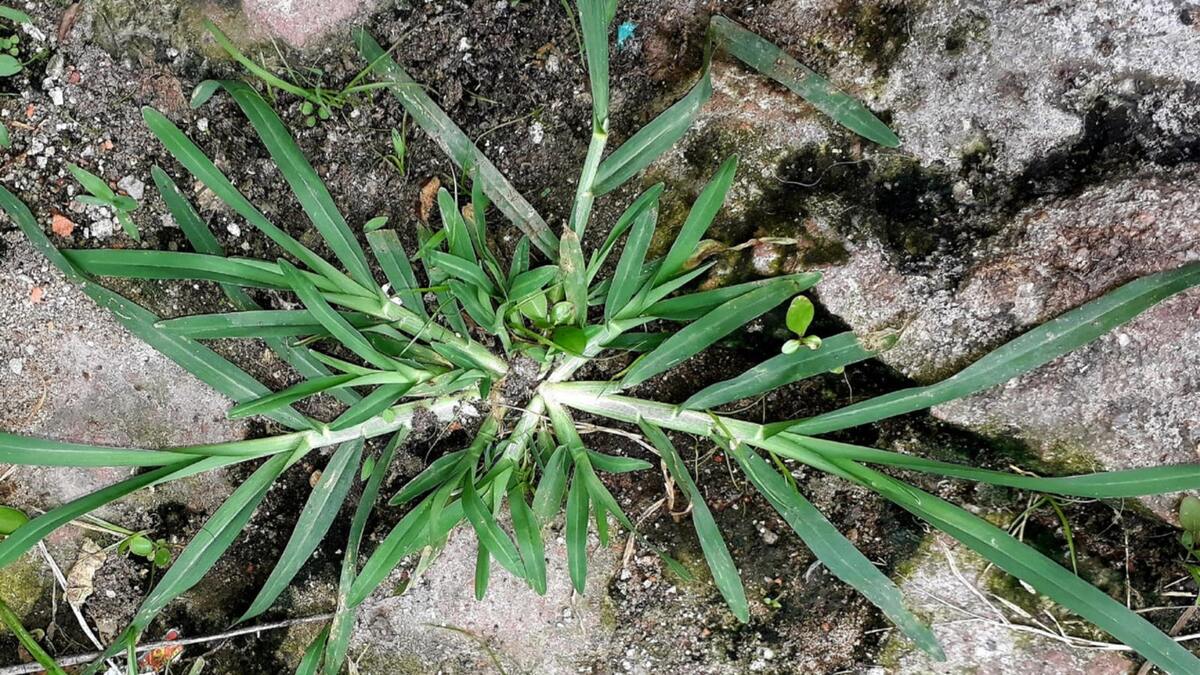
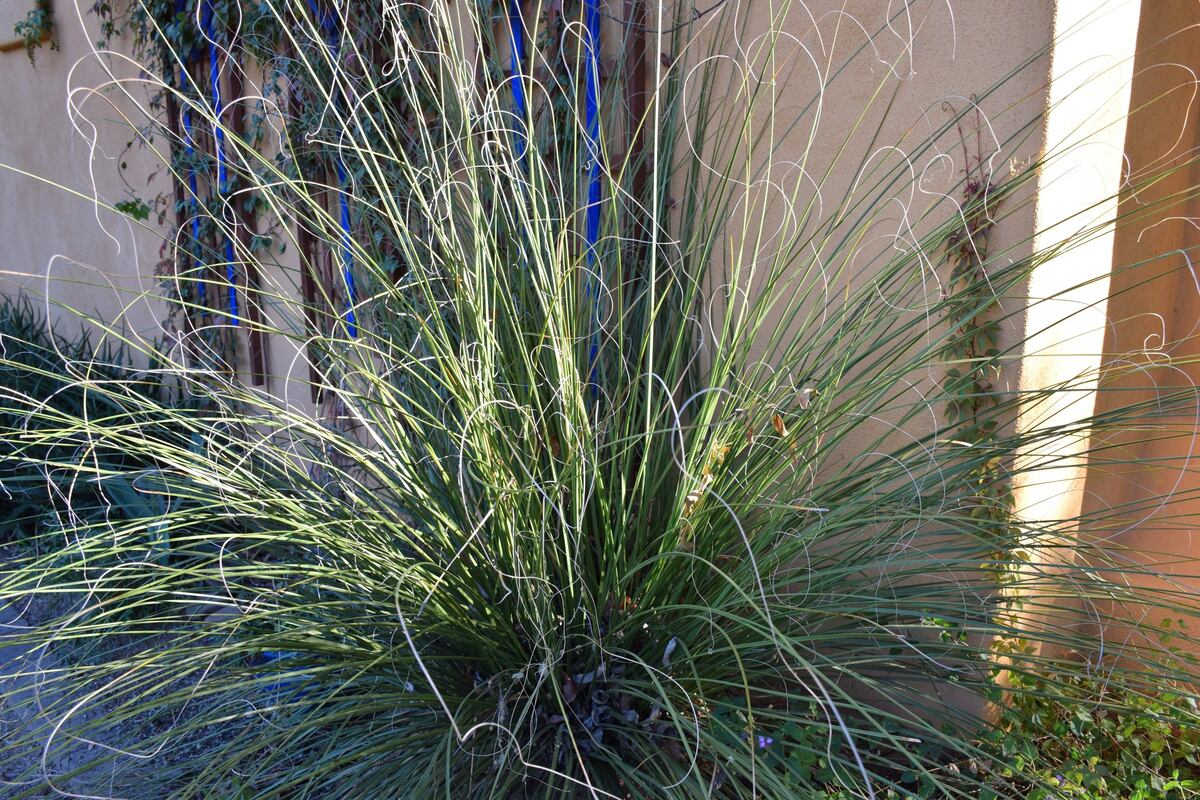

0 thoughts on “What Does Snow Mold On Grass Look Like”